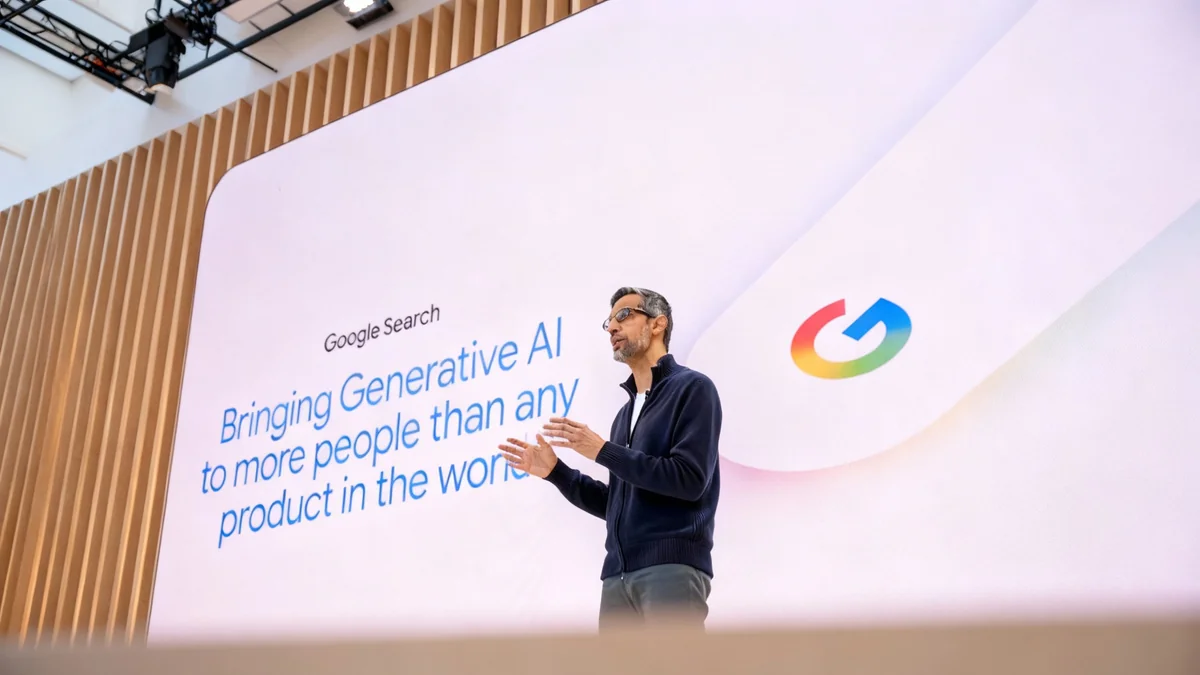A comprehensive analysis of 2,300 scientific papers published over three decades reveals a significant gap in urban climate change research. While the use of machine learning is growing, advanced technologies like generative AI and large language models are almost entirely absent, potentially limiting the effectiveness of climate solutions for cities, according to a new study in Nature Cities.
Key Takeaways
- A systematic review of 2,300 peer-reviewed articles from 1994 to 2024 examined the role of machine learning in urban climate change mitigation.
- The study found that while research in this field is expanding rapidly, the adoption of generative AI and large language models is negligible.
- Current research primarily targets high-impact areas defined by the Intergovernmental Panel on Climate Change (IPCC), such as transportation and building efficiency.
- Researchers warn that data availability and commercial interests could be creating geographic inequities and diverting focus from potentially more effective local solutions.
A Three-Decade Review of Climate Technology
As cities worldwide seek innovative ways to combat climate change, many are turning to artificial intelligence. A new study provides the first systematic map of how machine learning (ML) has been applied to urban climate change mitigation (UCCM) over the past 30 years.
Researchers from institutions including the Technical University Berlin and the Potsdam Institute for Climate Impact Research analyzed 2,300 peer-reviewed articles. The goal was to understand the trends, applications, and potential blind spots in this rapidly growing field of study.
What Is Urban Climate Change Mitigation?
Urban climate change mitigation refers to actions taken within cities to reduce or prevent greenhouse gas emissions. This includes improving energy efficiency in buildings, promoting sustainable transportation, managing waste, and optimizing urban planning to lower the city's overall carbon footprint.
The analysis identified 40 distinct application areas where ML is being used. These findings offer a critical overview for policymakers and urban planners on where technology is being focused and, more importantly, where it is lacking.
Generative AI: The Missing Tool in Urban Climate Tech
One of the most striking findings from the report is the near-total absence of generative AI and large language models (LLMs) in urban climate research. This stands in stark contrast to their increasing adoption in other urban domains, such as governance and planning.
While traditional machine learning models are widely used for tasks like predicting energy consumption or optimizing traffic flow, the advanced capabilities of generative AI remain untapped. These tools could potentially help design more efficient buildings, simulate complex urban systems, or create novel policy scenarios.
A Growing but Narrow Field
Despite the rapid growth in the number of publications on ML for urban climate action, the variety of tools being used has not kept pace. The study highlights that the technological focus is narrow, overlooking some of the most powerful AI advancements of the last decade.
The authors suggest this lag could be due to several factors, including the specialized data required for climate applications and a research community that has not yet integrated these newer AI paradigms. This gap represents a significant missed opportunity for developing more sophisticated climate solutions.
Focus on High-Impact Areas Aligns with Global Goals
The study did find positive trends. A majority of the research is concentrated on high-impact mitigation options as identified by the Intergovernmental Panel on Climate Change (IPCC). This indicates that researchers are directing their efforts toward areas with the greatest potential for reducing emissions.
Key Research Clusters Identified:
- Transportation Systems: Optimizing traffic signals, predicting usage for bike-sharing programs, and managing electric vehicle charging networks.
- Building Energy Efficiency: Forecasting energy demand in residential and commercial buildings, and optimizing heating, ventilation, and air conditioning (HVAC) systems.
- Urban Planning and Land Use: Analyzing satellite imagery to classify land use, and modeling the impact of green infrastructure like parks and cool roofs.
- Waste Management: Projecting the volume of municipal solid waste to improve collection and recycling processes.
This alignment suggests that the academic community is responsive to global climate priorities. By focusing on sectors responsible for the bulk of urban emissions, machine learning is being positioned to make a tangible impact.
"The alignment of research with IPCC-designated high-impact sectors is encouraging. It shows a concerted effort to apply advanced analytical tools where they can matter most for climate targets."
Risk of Inequity and Misguided Efforts
Despite the focus on high-impact areas, the researchers caution against potential pitfalls. The study suggests that the direction of research may be heavily influenced by data availability and commercial interests rather than the most urgent climate needs of all communities.
This trend risks creating and perpetuating geographic inequities. Research is often concentrated in cities and countries where large datasets are readily available, typically in the Global North. Consequently, the resulting AI models and solutions may not be applicable or effective in regions with different climates, infrastructure, or data landscapes.
The Problem of Data-Driven Bias
When AI research is driven by easily accessible data, it tends to solve problems for which data exists, not necessarily the most critical problems. This can lead to a cycle where solutions are developed for well-documented, often affluent areas, while under-resourced regions fall further behind.
Furthermore, the commercial appeal of certain applications could divert efforts toward solutions that are profitable but less impactful for overall emissions reduction. The authors recommend a more deliberate and inclusive approach to guide the development of ML solutions for urban climate action.
To address these issues, the study proposes several recommendations. These include fostering international data-sharing initiatives, prioritizing funding for research in under-represented regions, and developing frameworks to ensure that AI solutions are equitable and aligned with the most pressing local climate challenges.





